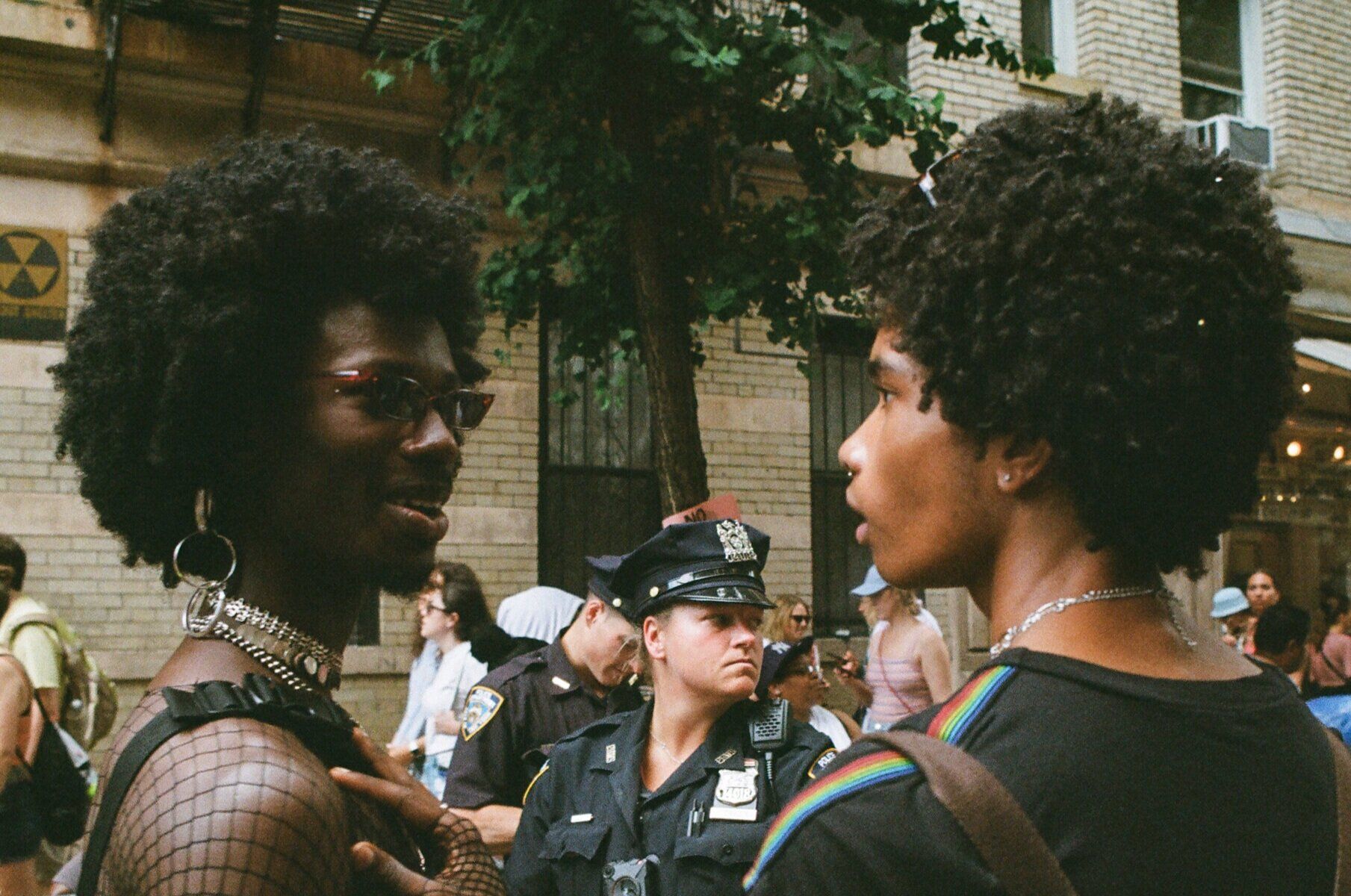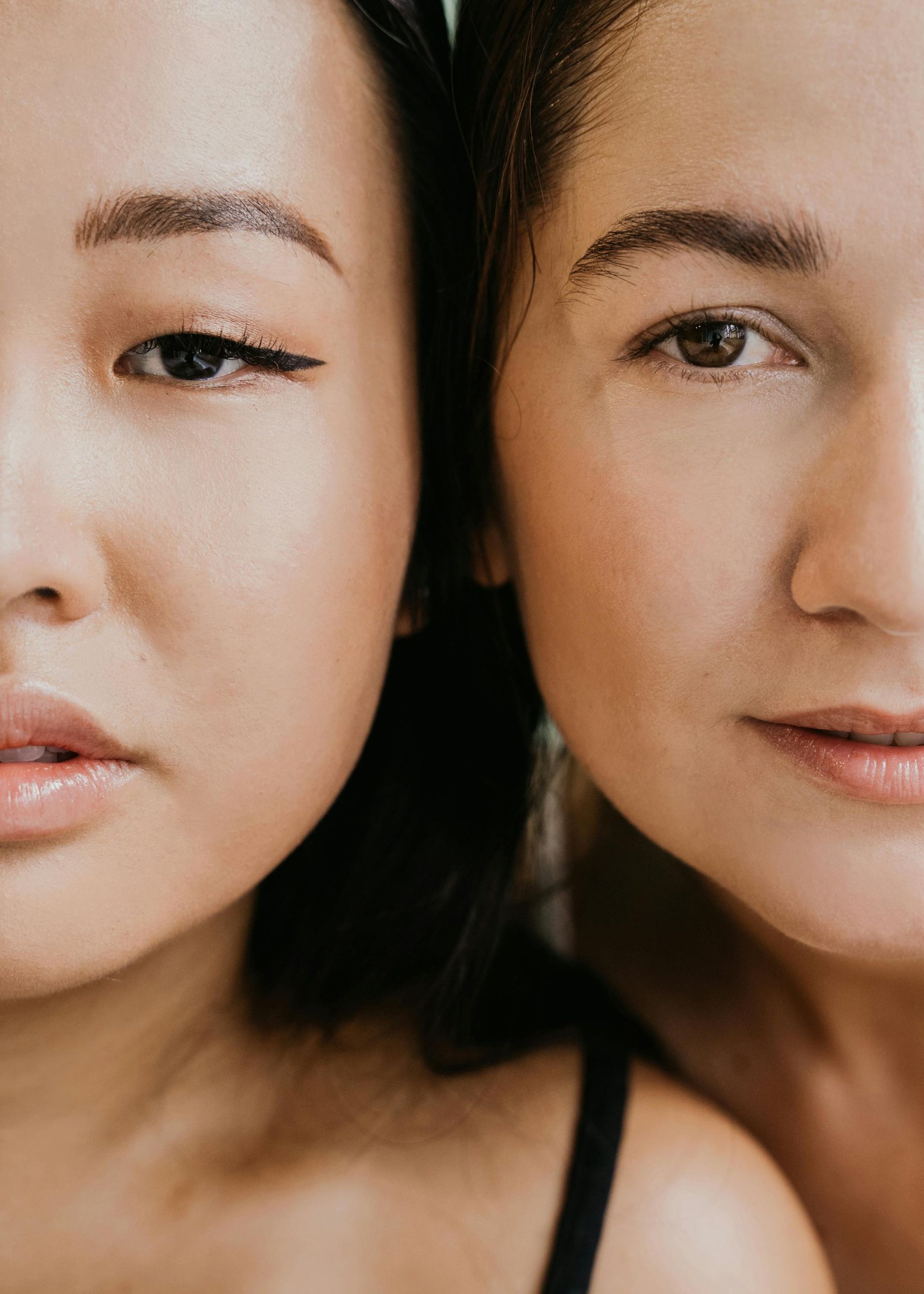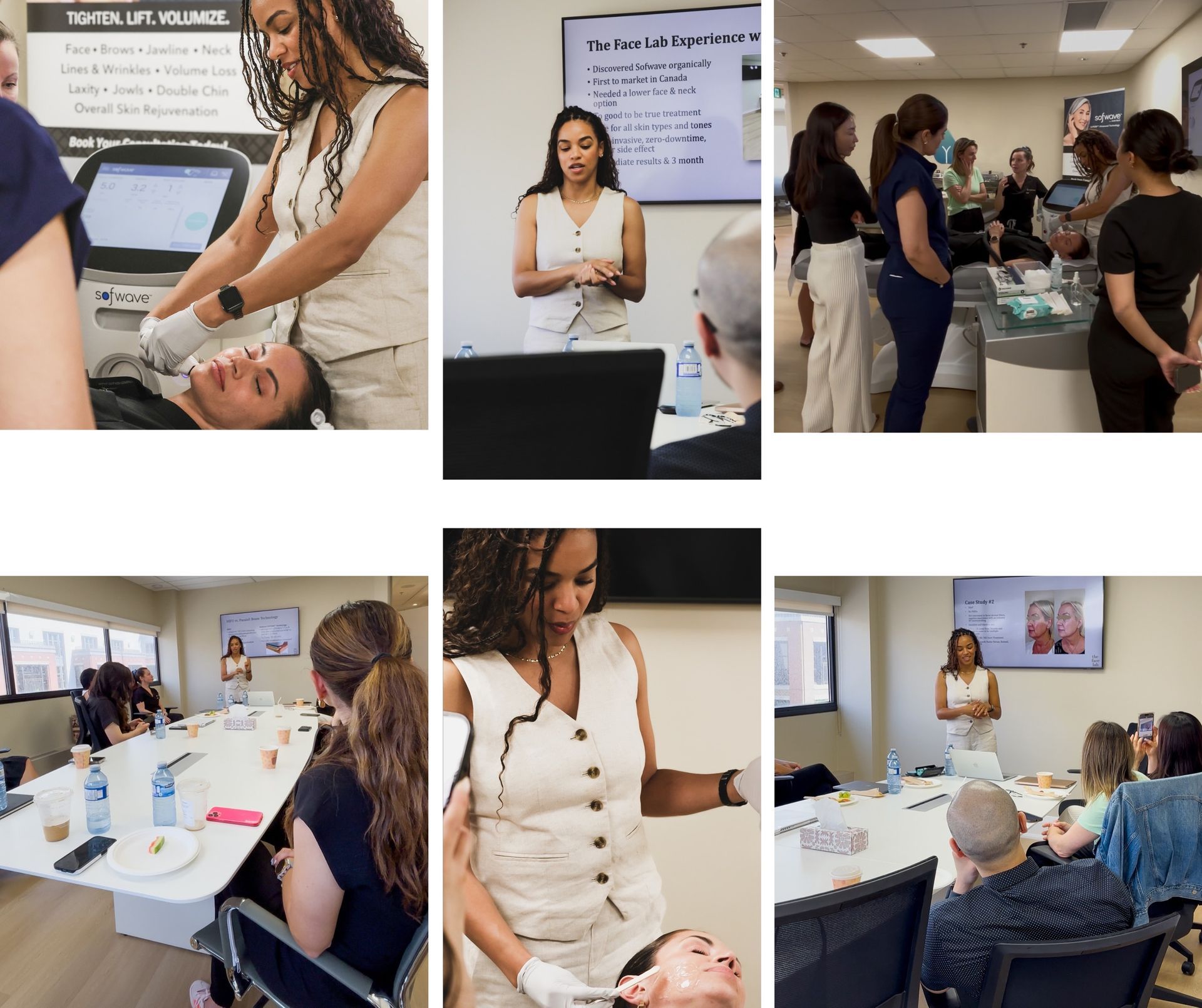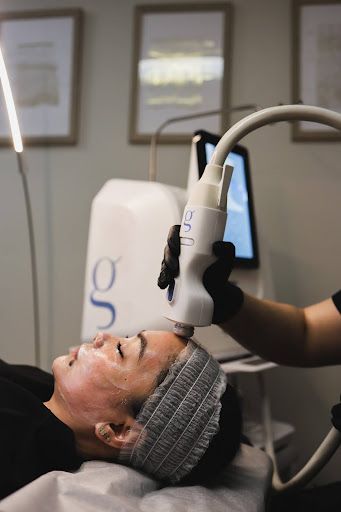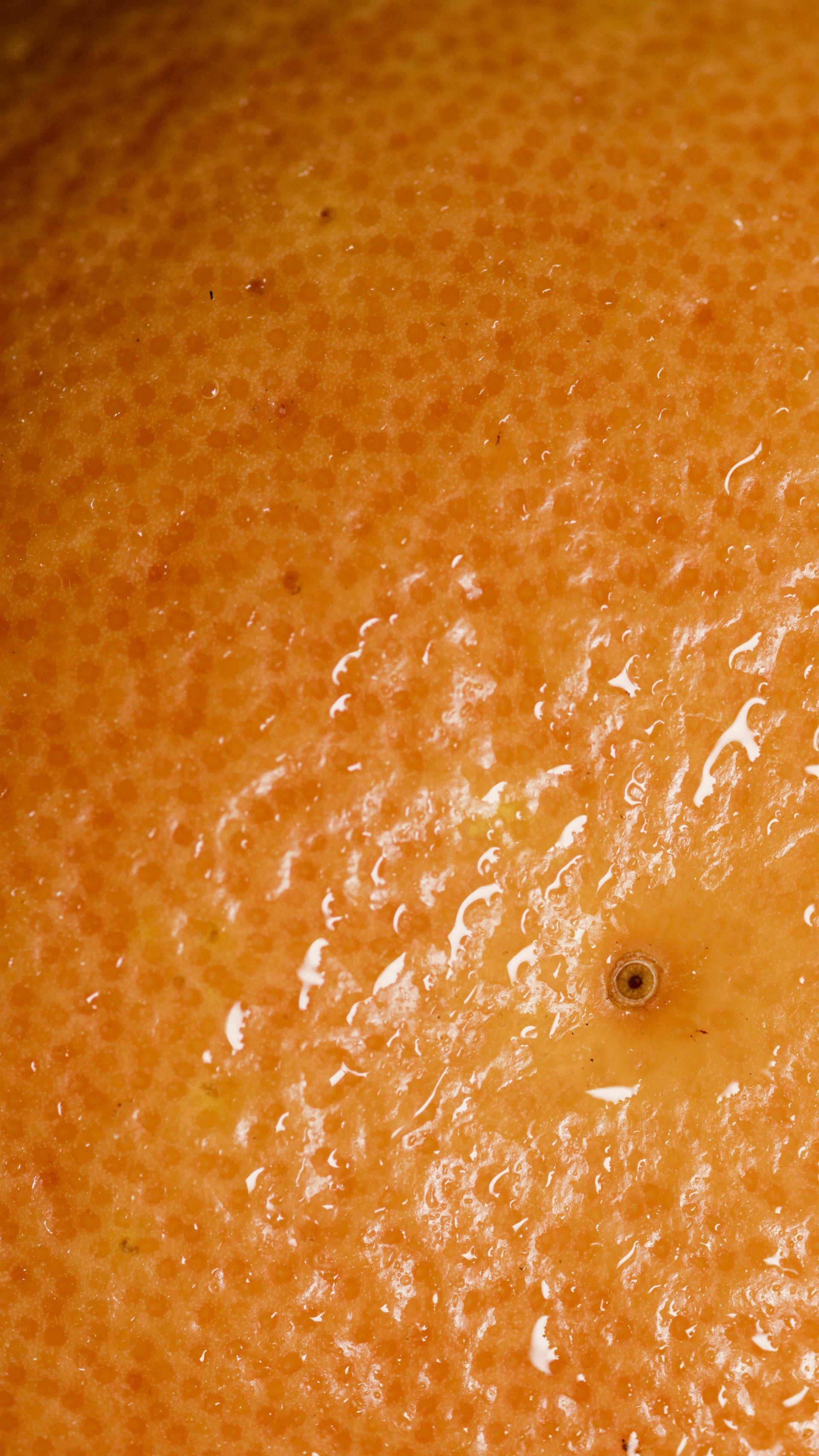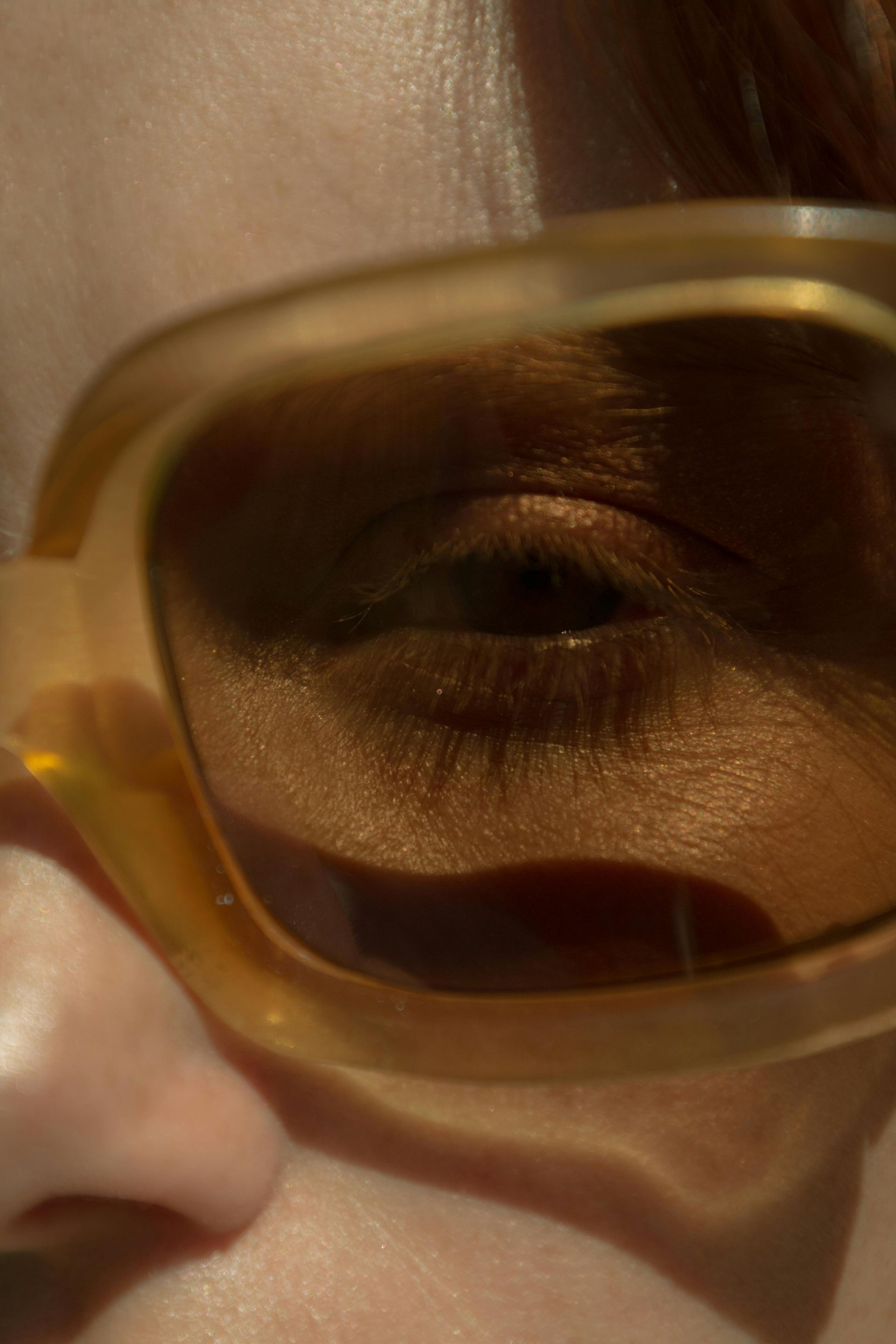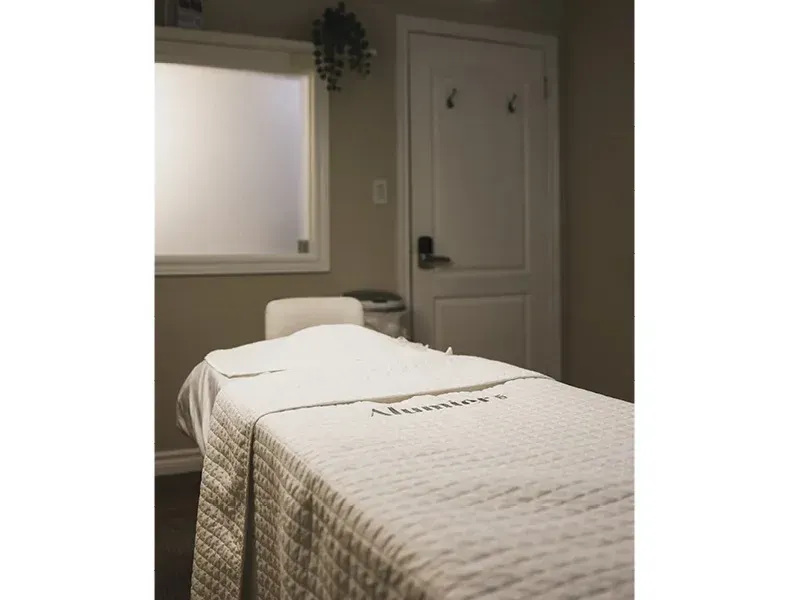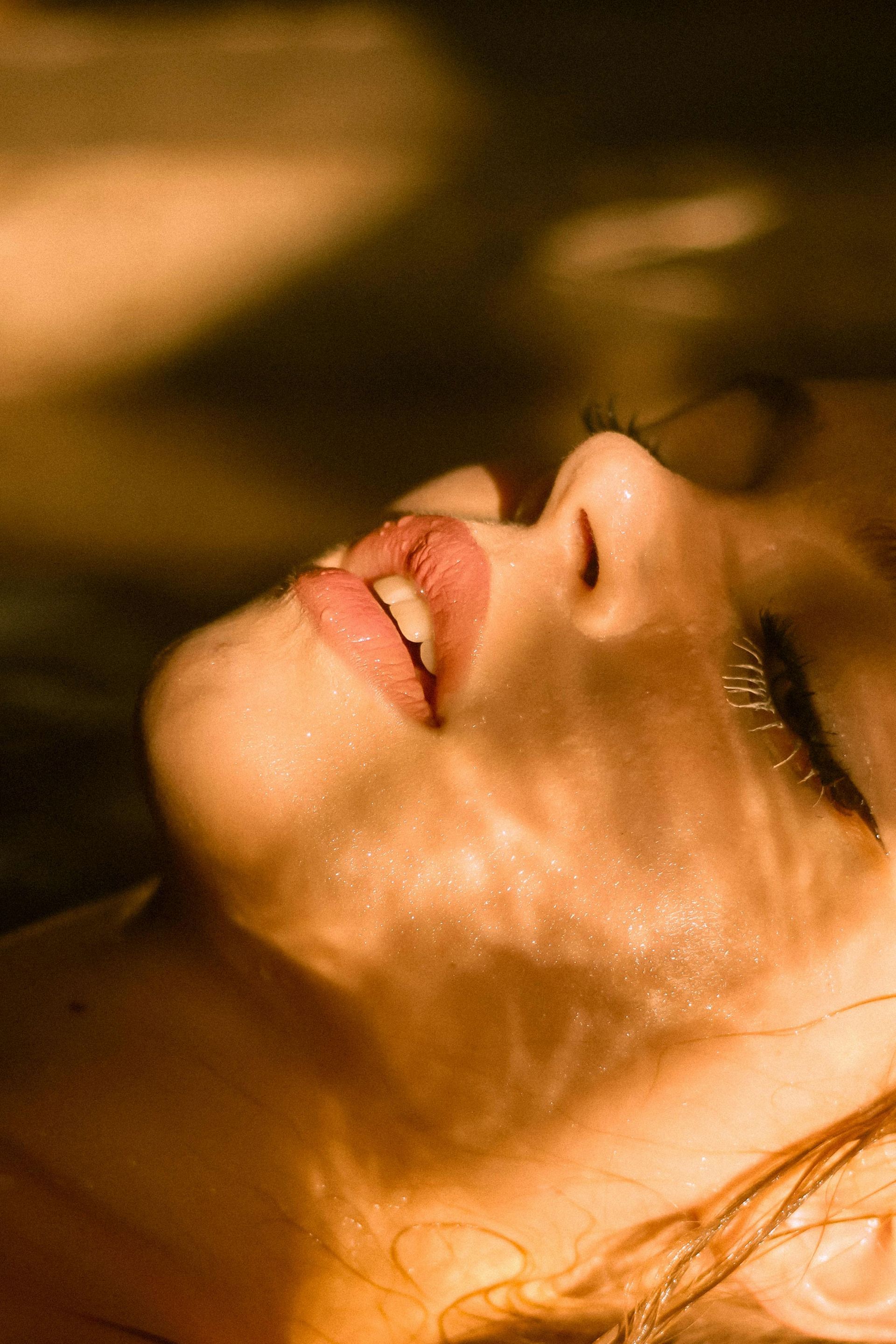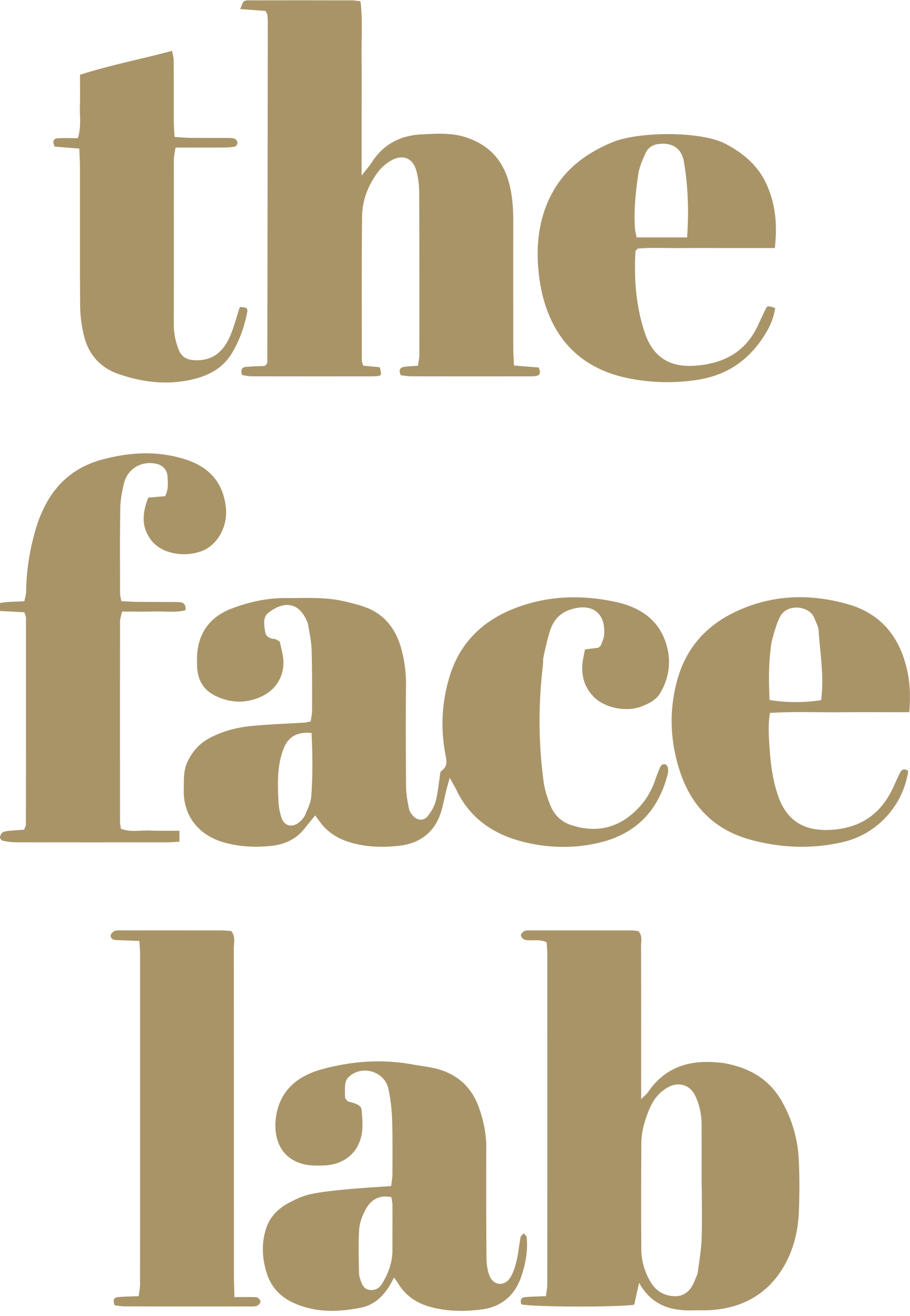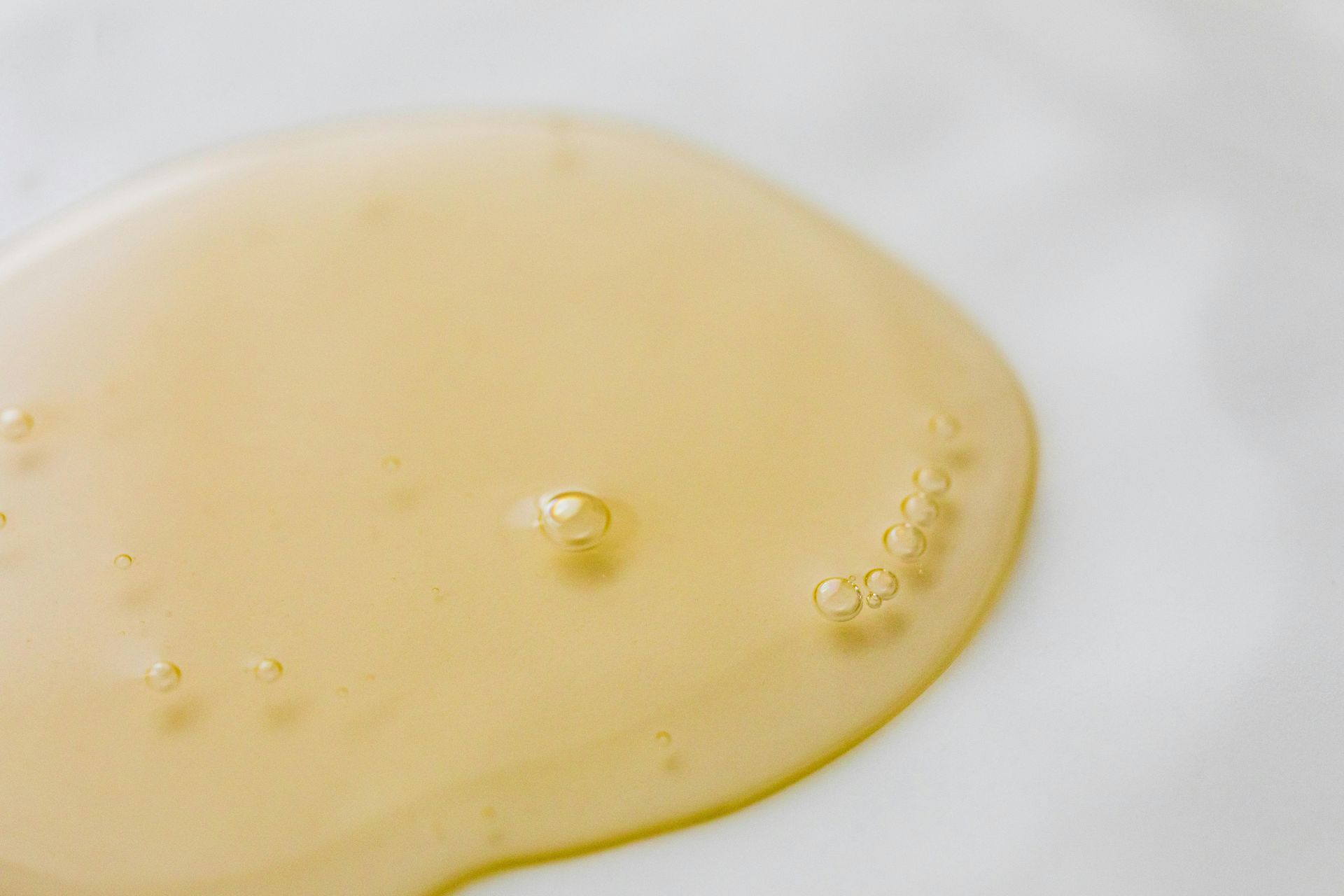Hair Loss & Alopecia
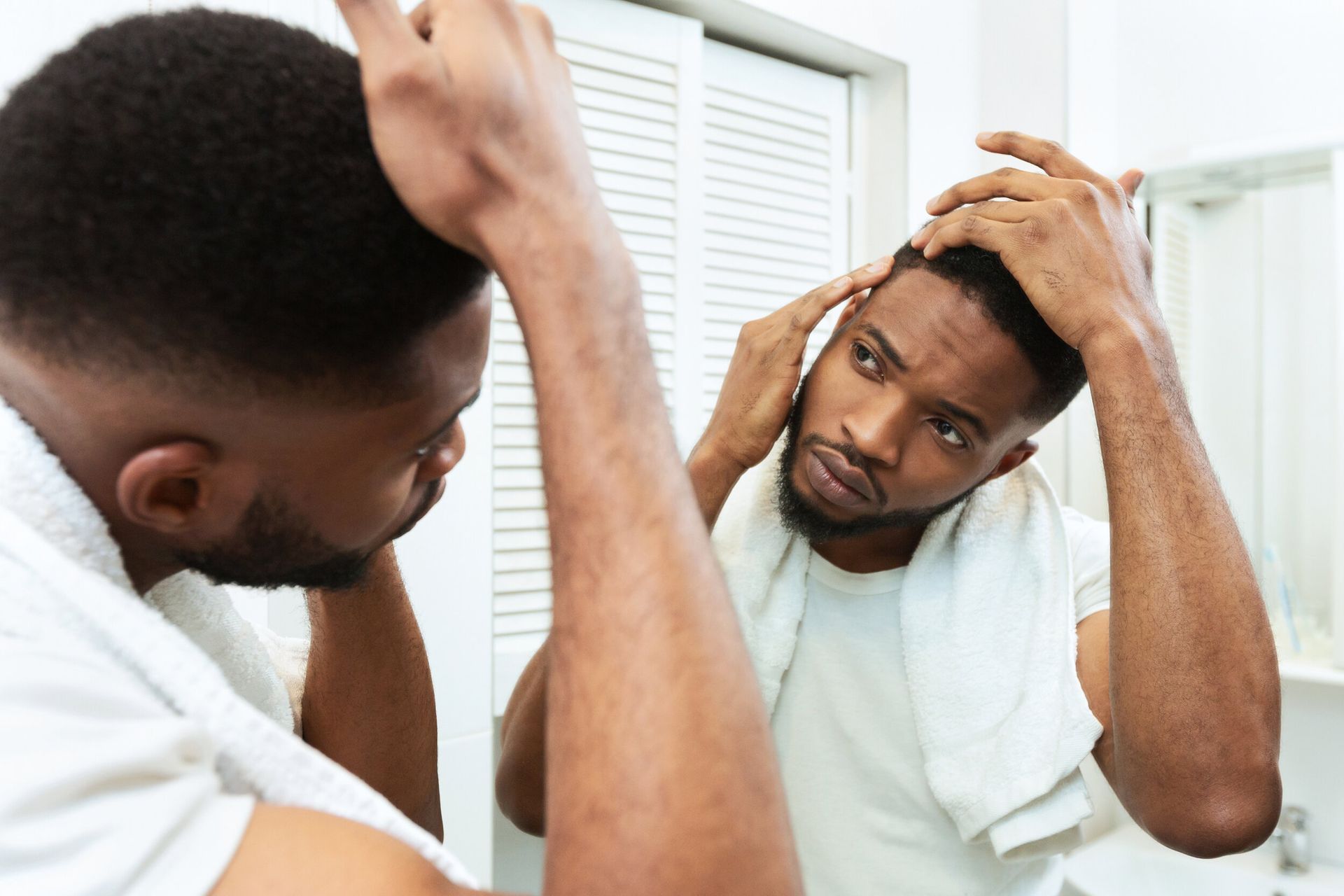
Hair thinning… hair loss… receding hairline… alopecia… bald spots? If you have been worried about any of these issues or know someone who is going through this - this post is for you!
HAIR. It’s an essential part of who we are. We spend our time, energy, and money into optimizing the appearance of our hair. Our hair exudes health, confidence, style, and is often seen as a symbol of vitality. When people struggle with their hair loss it can be a devastating experience from an aesthetic and emotional perspective. Despite this, there is both a lack of awareness and a tremendous amount of stigma towards seeking treatments to manage hair loss (or alopecia) early on.
Alopecia or hair loss can be related to hormone changes, medication side effects, autoimmune disorders, stress, or genetic factors. The most common cause of hair loss is Androgenetic Alopecia (AA) which is commonly known as male or female pattern baldness. In the US, it is estimated up to 50 million men and 30 million women suffer from this condition. It is more common in men and its prevalence is approximately 30% of males age 30 and up to 50% of men age 50 .
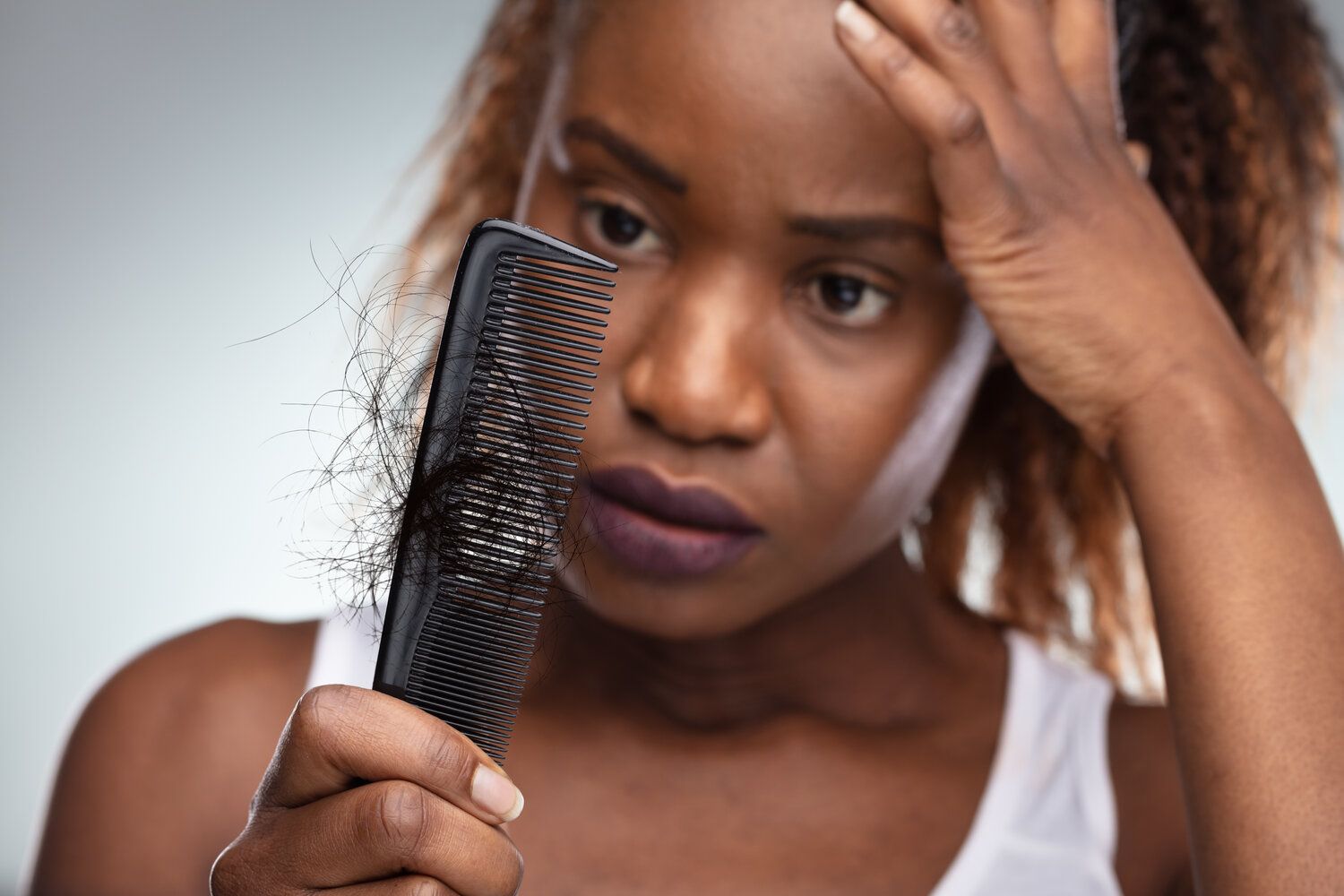
Roughly 1 in 3 women will experience some form of hair loss over their lifetime.
Traction alopecia is a condition that is more commonly seen in African American women and the likelihood is increased with chemical relaxers in additions to hairstyles which pull on the hair follicles. A study found that anywhere for 1% to 37% women can experience this as is influenced by cultural
practises with regards to styling.
There various treatments that you can consult with your dermatologist or doctor to treat alopecia including: vitamins, over-the-counter topical treatments such as minoxidil, or prescription medications. With traction-related alopecia a heavy emphasis on low-tension hairstyles is crucial to minimize further hair loss.
A relatively new treatment called Platelet-Rich-Plasma (PRP
) is a treatment is an option to treat hair loss and alopecia. PRP has been used in regenerative medicine for over 10 years in tissue regeneration and wound healing. PRP uses your own
blood plasma and platelets which release growth factors and bioactive proteins to stimulate new blood supply and formation of tissue. While more research is needed to determine how PRP works for hair restoration it is thought that increase blood supply and strengthen hair follicles for an overall healthier scalp and increase hair density. Hair PRP can appeal to people as it is a more natural way of restoring hair then conventional medical treatments.
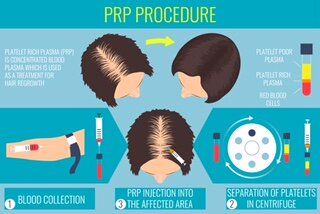
The steps in PRP preparation include:
1) blood is drawn in a special plasma tube
2) blood is placed into a centrifuge and processed to separate your platelets and plasma
3) PRP is drawn into syringes and injected in your scalp
The amount of PRP treatments depends on the degree of hair loss, treatment response, and desired outcome. Typically three to six treatments spaced four weeks apart is suggested to create the cascading effect to rejuvenate the hair follicle. Patients may require treatments 1 to 2 times per year as needed to maintain results.
There have been numerous studies published demonstrating the efficacy of PRP in increasing the amount of hair follicles per square cm of the scalp, hair density and strength, and improved patient satisfaction. The limitation with PRP is that it cannot regrow hair in areas once the hair follicle is dead. The only other option is hair transplant which involves taking surgically harvesting hair from other denser areas and transplanting into bald areas.
If you are interested in PRP treatment for hair loss and alopecia consult your primary care provider to determine if it is an appropriate treatment for you. Address hair loss concerns now!
-
Disclaimer: This information does not substitute medical or health advice, all patients interested in PRP treatment for hair loss should be assessed by a health professional to determine if this is an appropriate treatment for you.
